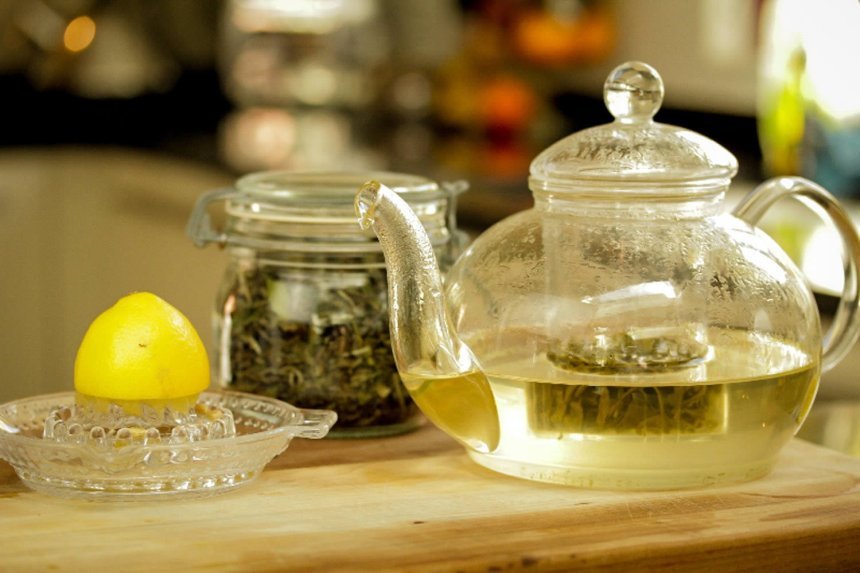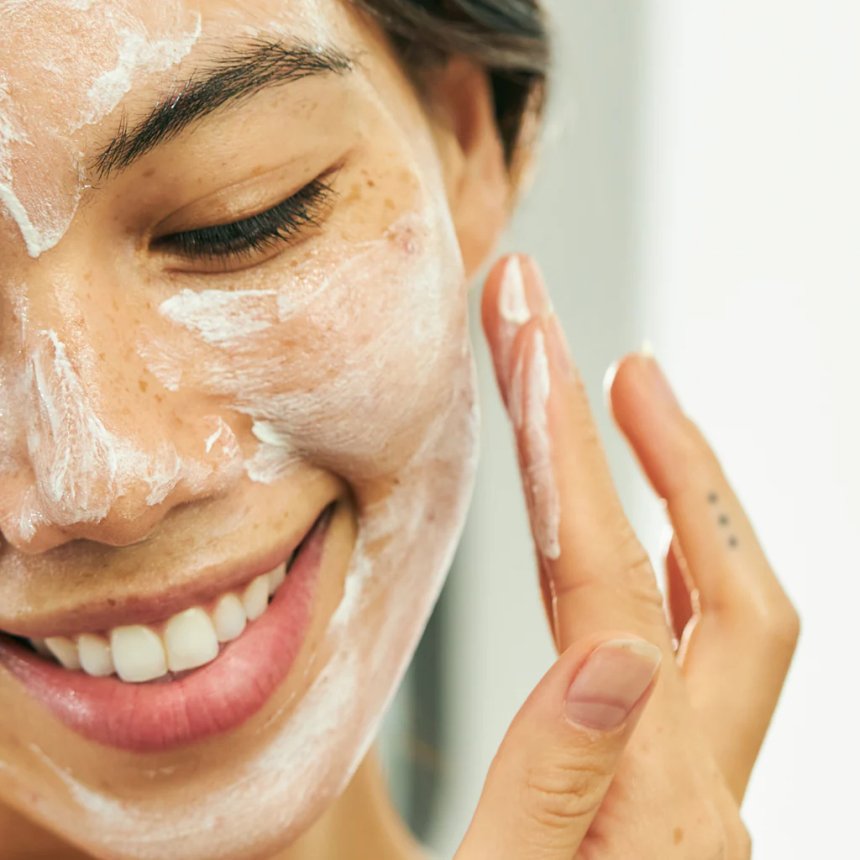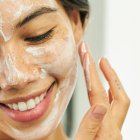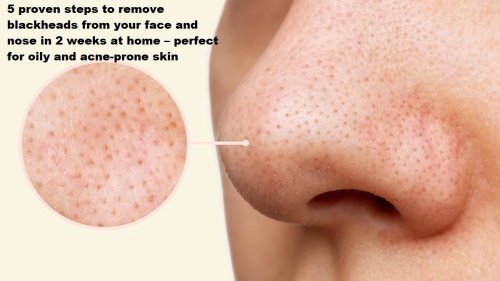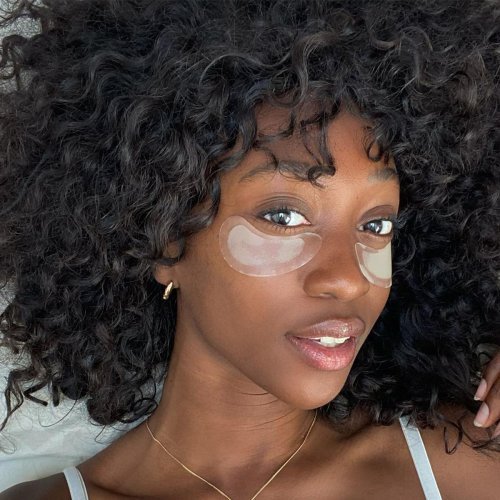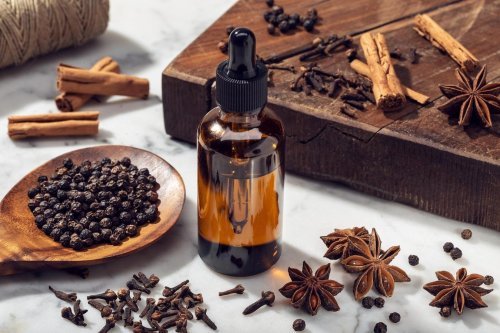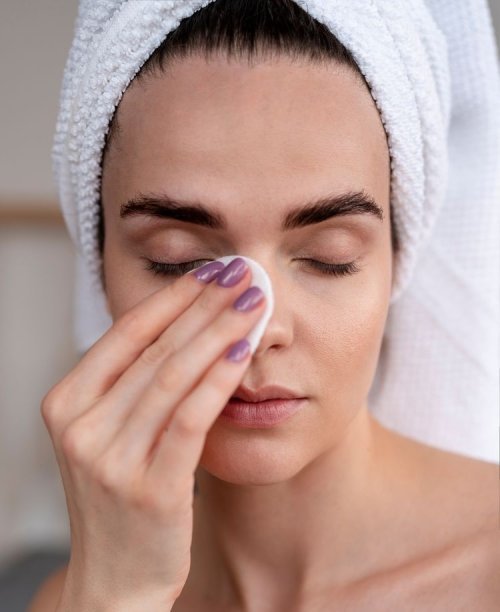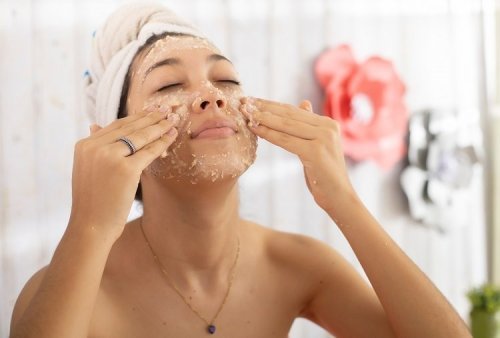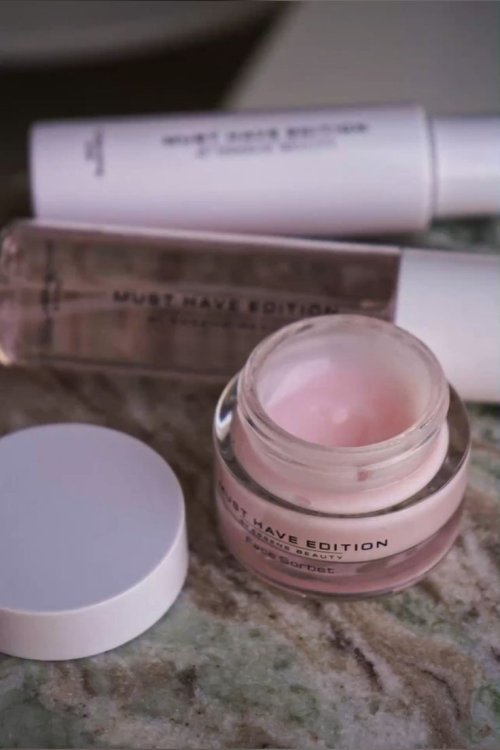How to Treat Dry, Flaky Skin with Shea Butter: 5 Proven Methods
Are you struggling with dry, flaky skin? Discover how to use shea butter step-by-step to deeply moisturize, heal, and soothe your skin naturally.
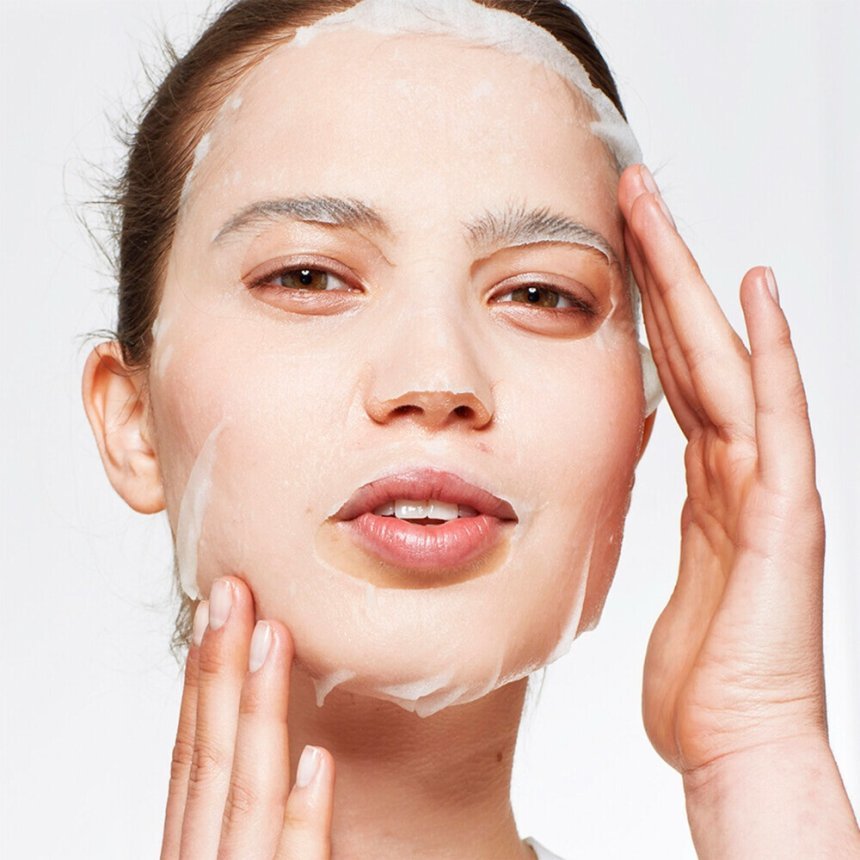
How to Treat Dry, Flaky Skin with Shea Butter: 5 Proven Methods
Are you struggling with dry, flaky skin? Discover how to use shea butter step-by-step to deeply moisturize, heal, and soothe your skin naturally. Dry and flaky skin can make your face and body feel rough, itchy, and irritated. Instead of using harsh chemical-based creams, many people around the world are turning to natural remedies like shea butter.
Rich in vitamins, antioxidants, and healthy fats, shea butter is one of the best natural ingredients to heal and moisturize your skin from within. In this blog post, you’ll learn exactly how to use shea butter on dry, flaky skin, why it works, and tips to get the best results for all skin types.
Benefits of Shea Butter for Dry Skin
1. Deep Moisturization: Shea butter penetrates deep into the skin, not just sitting on the surface. This helps to soften and hydrate even the driest areas.
2. Soothes Irritation: It contains anti-inflammatory compounds that reduce redness, itching, and flaking caused by dryness or eczema.
3. Heals Cracks and Rough Patches: The vitamins A and E in shea butter help repair damaged skin cells and smooth rough, cracked areas like heels and elbows.
4. Protects the Skin Barrier: It forms a protective layer on your skin that locks in moisture and shields against harsh weather and pollution.
5. Boosts Skin Elasticity: Shea butter improves your skin’s flexibility and makes it look smoother and plumper over time.
Also Read: 5 Proven Home Remedies to Remove Dark Circles Naturally (2025)
How to Use Shea Butter on Dry, Flaky Skin
Here is the clear and simple routine to follow and achieve the best results and a glowing skin
1. Choose the Right Type of Shea Butter
Not all shea butter is created equal. For best results on dry skin:
- Use raw or unrefined shea butter – it retains the most nutrients.
- Choose organic and ethically sourced varieties if possible.
- Avoid shea butter that contains added chemicals or fragrances.
2. Prep Your Skin Before Application
To maximize absorption:
- Cleanse your skin with a gentle, non-drying cleanser.
- Use lukewarm water to help open pores.
- Pat dry with a towel, but leave skin slightly damp—this helps seal in moisture.
Also Check: 8 Proven Benefits of Witch Hazel for Your Face—Especially If You Have Oily, Acne-Prone, or Sensitive Skin
3. How to Apply Shea Butter to Dry Skin
- Take a small amount of shea butter and warm it between your palms until it melts into an oil-like consistency.
- Gently massage it into the affected areas using circular motions.
- Apply it twice daily, once in the morning and once before bed, for best results.
- For extremely dry patches (like elbows or knees), you can layer it thicker or use it as an overnight treatment.
4. Use Shea Butter in Combination with Other Natural Oils
For even deeper nourishment, you can blend shea butter with:
- Coconut oil – for extra hydration and anti-bacterial benefits.
- Jojoba oil – balances sebum and adds a silky feel.
- Rosehip oil – enhances skin healing and improves texture.
You can mix these into a whipped shea butter blend or apply them in layers.
5. Apply After Showering or Bathing
Timing matters. The best time to apply shea butter is:
- Right after bathing, while your skin is still slightly moist.
- This helps to lock in hydration and improve absorption.
6. Nighttime Use: The Ultimate Repair Routine
At night, skin undergoes repair. Use this opportunity by:
- Applying a thick layer of shea butter before bed.
- Wear cotton gloves or socks on hands or feet to trap moisture overnight.
- Waking up to softer, smoother skin by morning.
7. Shea Butter for Flaky Facial Skin
Yes, you can use it on your face, just follow these tips:
- Use a tiny amount; a little goes a long way.
- Patch test first if you have sensitive or acne-prone skin.
- Apply only at night if you’re worried about shine or heaviness.
Tips to Maximize Results
- Use After a Shower: This helps trap moisture when your skin is still damp.
- Mix with Natural Oils: Blend shea butter with coconut oil or jojoba oil for extra nourishment.
- Store Properly: Keep shea butter in a cool, dry place to prevent it from melting or going rancid.
Can You Use Shea Butter on Your Face?
Yes, you can, but use it in very small amounts, especially if you have acne-prone or sensitive skin. Always do a patch test first.
Conclusion
Shea butter is one of the best natural solutions for dry and flaky skin. It’s affordable, chemical-free, and deeply nourishing. With just a few minutes each day, you can transform rough, irritated skin into something smooth, hydrated, and glowing.
Share
What's Your Reaction?
 Like
0
Like
0
 Dislike
0
Dislike
0
 Love
0
Love
0
 Funny
0
Funny
0
 Angry
0
Angry
0
 Sad
0
Sad
0
 Wow
0
Wow
0
